What is in a Tanker Truck?
A tanker truck is a specialized vehicle designed to transport bulk liquids or gases, playing a critical role in industries ranging from fuel distribution to food processing. These vehicles are engineered to handle a variety of substances, each requiring specific design considerations and safety measures. Understanding what a tanker truck carries is essential for appreciating its importance in modern logistics and supply chains.
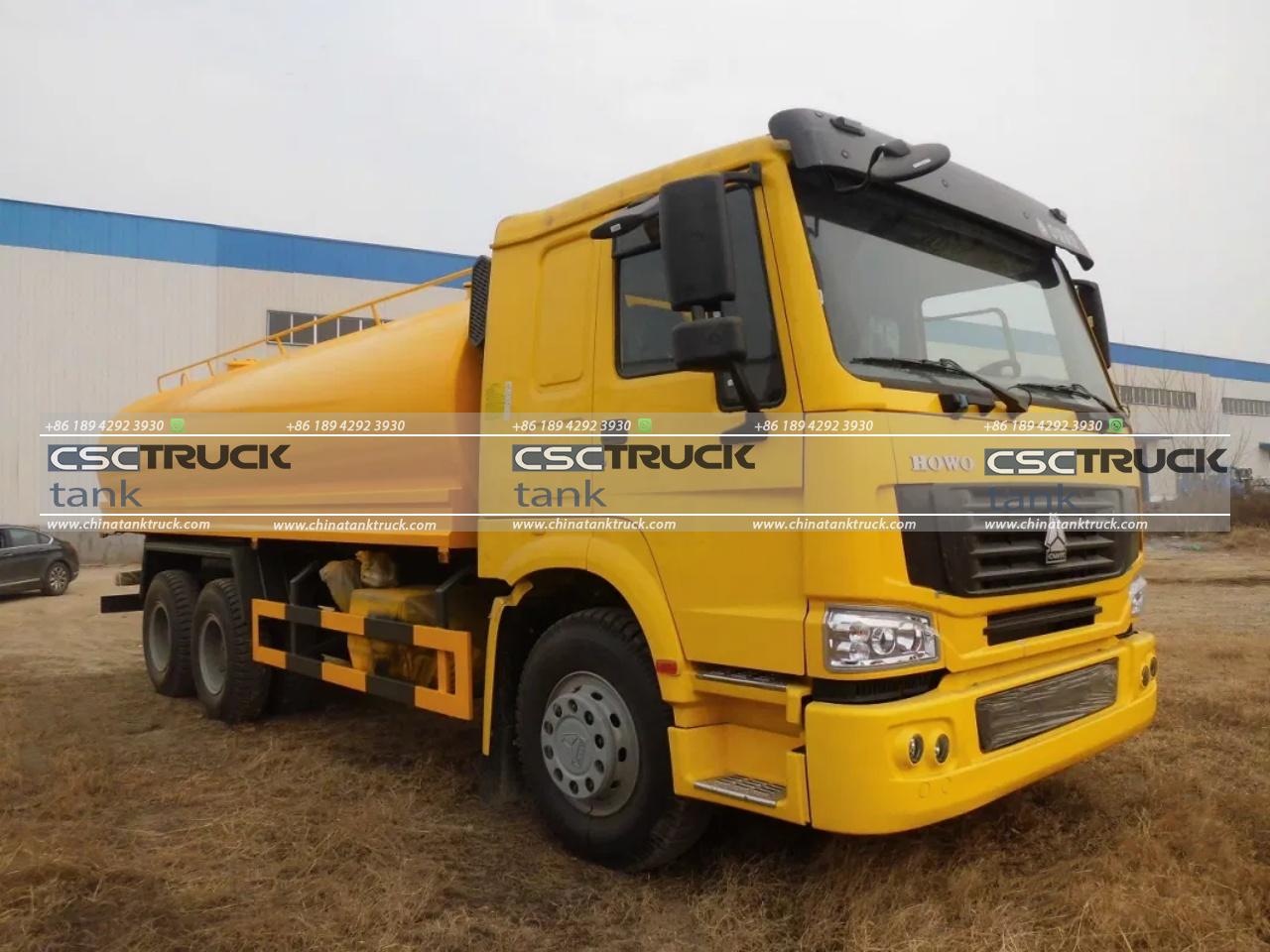
Types of Tanker Trucks and Their Cargo
Tanker trucks are categorized based on the type of cargo they transport. The primary categories include:
1. Fuel Tankers:
– Petroleum and Diesel: These are the most common types of tanker trucks, often seen at gas stations. They transport gasoline, diesel, and sometimes kerosene. Fuel tankers are designed with compartments to prevent the movement of liquids during transport, minimizing the risk of accidents.
– Liquefied Petroleum Gas (LPG): These trucks carry propane and butane. Due to the volatile nature of LPG, these tankers are equipped with robust safety features like pressure relief valves and reinforced walls.
2. Chemical Tankers:
– Hazardous Chemicals: These include acids, bases, and other corrosive or toxic substances. Chemical tankers must meet stringent safety standards, including the use of specialized materials like stainless steel to prevent reactions with the cargo.
– Non-Hazardous Chemicals: These tankers carry chemicals that are not classified as hazardous but still require careful handling, such as certain industrial solvents or food-grade chemicals.
3. Food-Grade Tankers:
– Milk and Dairy Products: These tankers are insulated to keep the cargo at a controlled temperature and are made from materials that ensure cleanliness and prevent contamination.
– Edible Oils and Beverages: Similar to dairy tankers, these are designed to transport large quantities of liquid food products while maintaining their quality.
4. Cryogenic Tankers:
– These tankers transport liquefied gases at extremely low temperatures, such as liquid nitrogen, oxygen, or liquefied natural gas (LNG). They are insulated and equipped with systems to maintain the low temperatures necessary to keep the gases in a liquid state.
5. Water Tankers:
– Used to transport potable water or for industrial applications like dust suppression or firefighting. These tankers are simple in design but are crucial in many scenarios, especially in remote or disaster-stricken areas.
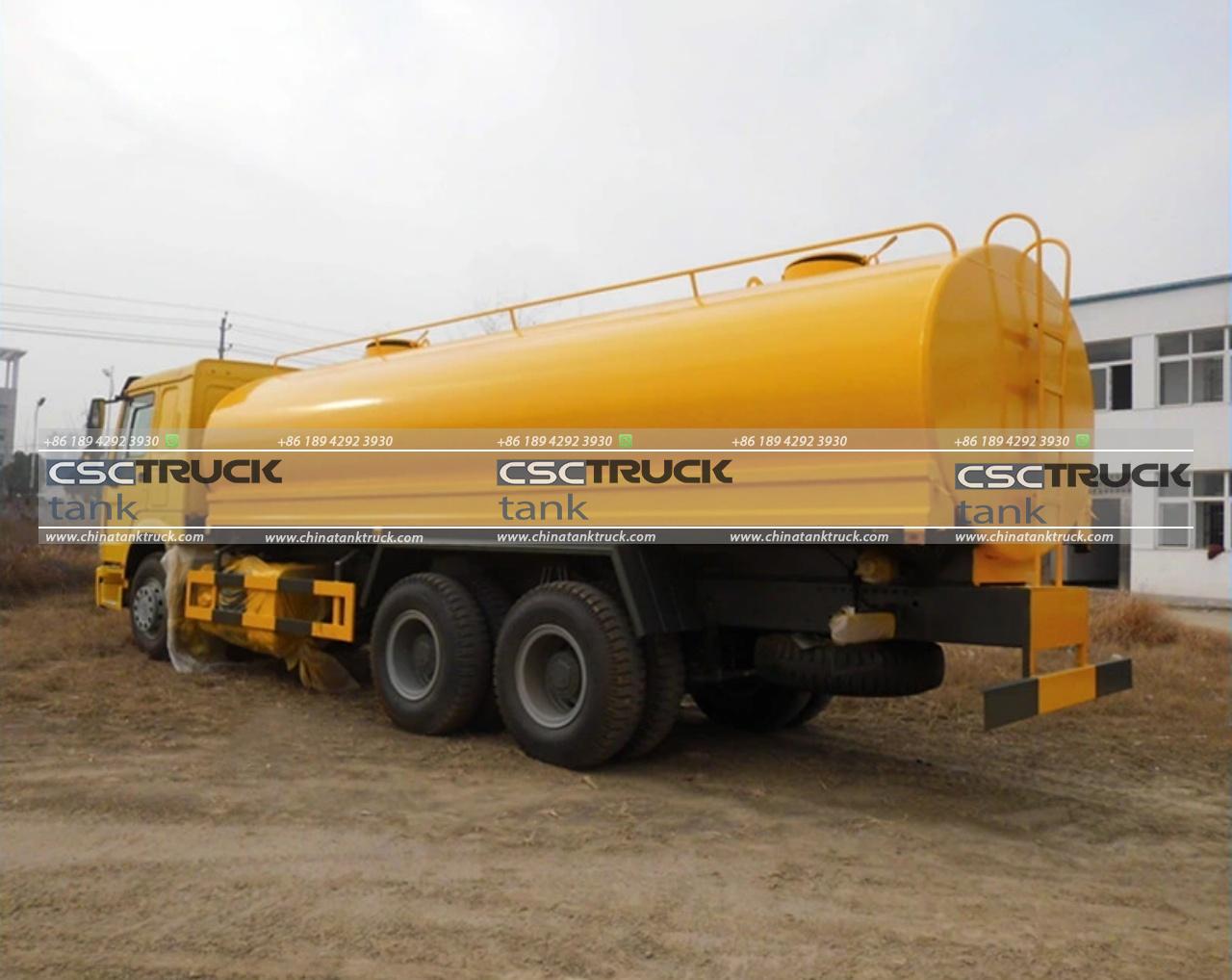
Design and Safety Features
Tanker trucks are engineered with various design and safety features to ensure the safe transport of their cargo:
1. Compartments:
– Many tanker trucks have multiple compartments, allowing them to carry different types of liquids or gases simultaneously without mixing them. This compartmentalization also helps reduce the movement of the liquid, which can cause instability.
2. Materials:
– The choice of materials is critical. For example, food-grade tankers are often made from stainless steel, which is easy to clean and does not react with food products. Chemical tankers might use materials like aluminum or specialized alloys to resist corrosion.
3. Insulation:
– Insulation is essential for tankers carrying temperature-sensitive cargo. Cryogenic tankers, for example, use multiple layers of insulation to maintain extremely low temperatures, while food-grade tankers use insulation to keep perishable products fresh.
4. Safety Systems:
– Tanker trucks are equipped with various safety systems, such as pressure relief valves, emergency shut-off valves, and grounding cables to prevent static buildup. These features are especially crucial for transporting flammable or hazardous materials.
5. Pump and Piping Systems:
– Many tanker trucks have built-in pumps and piping systems for loading and unloading the cargo. These systems must be designed to handle the specific type of liquid or gas being transported, ensuring efficient and safe transfer.
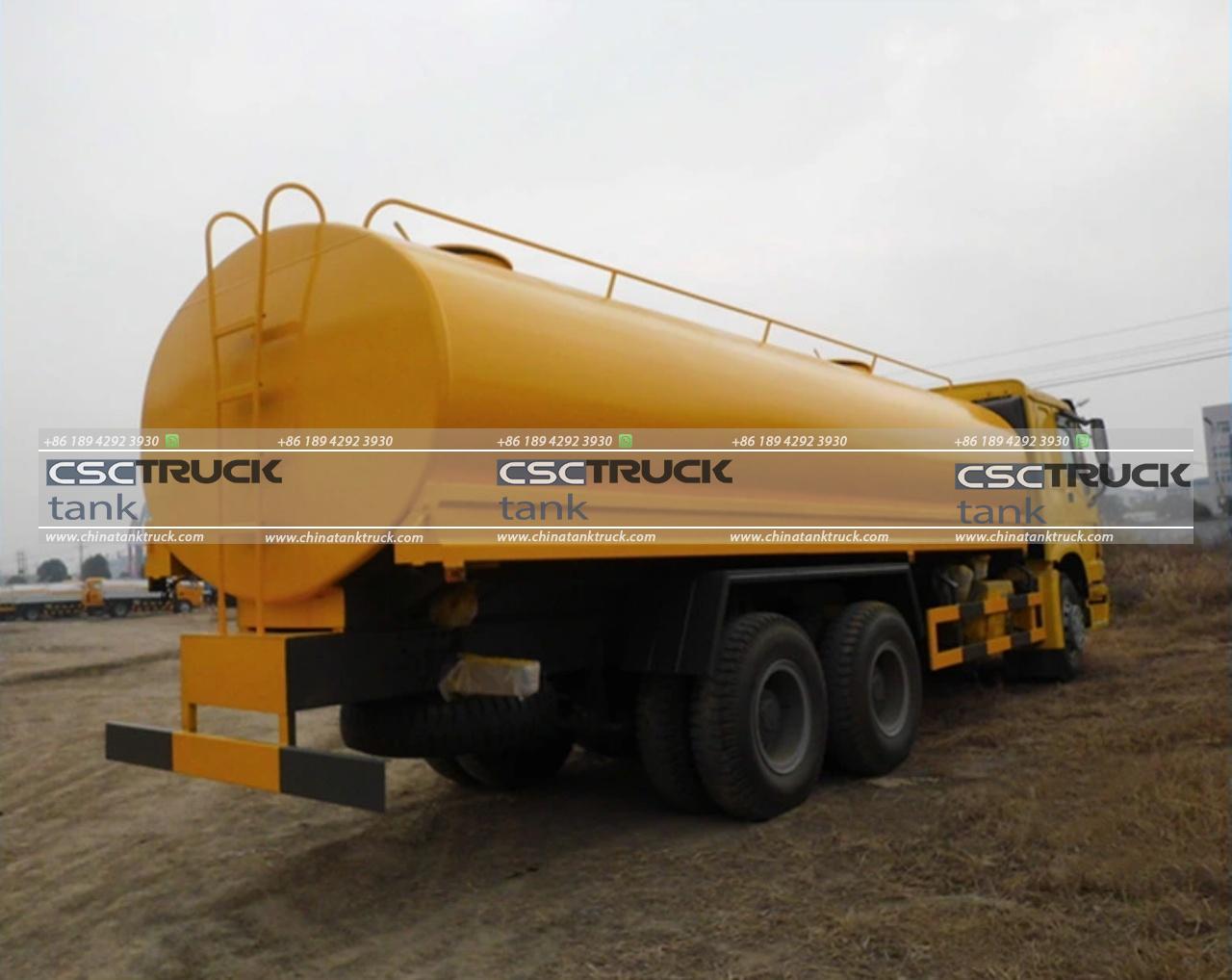
Regulations and Compliance
Transporting bulk liquids and gases involves stringent regulations to ensure public safety and environmental protection. Regulatory bodies like the U.S. Department of Transportation (DOT) and the European Agreement concerning the International Carriage of Dangerous Goods by Road (ADR) set standards for tanker truck design, maintenance, and operation.
1. Certification and Training:
– Drivers and operators of tanker trucks must undergo specialized training and certification. They learn about the properties of the materials they transport, emergency response procedures, and safe handling practices.
2. Inspection and Maintenance:
– Regular inspections and maintenance are mandated to ensure the integrity of the tanker truck and its safety systems. This includes checking for leaks, testing pressure relief valves, and ensuring that insulation and compartment seals are intact.
3. Labeling and Documentation:
– Proper labeling of tanker trucks is critical, especially for those carrying hazardous materials. This includes placards indicating the type of cargo, hazard class, and emergency contact information. Detailed documentation accompanies each shipment, providing information on the cargo’s properties and handling instructions.
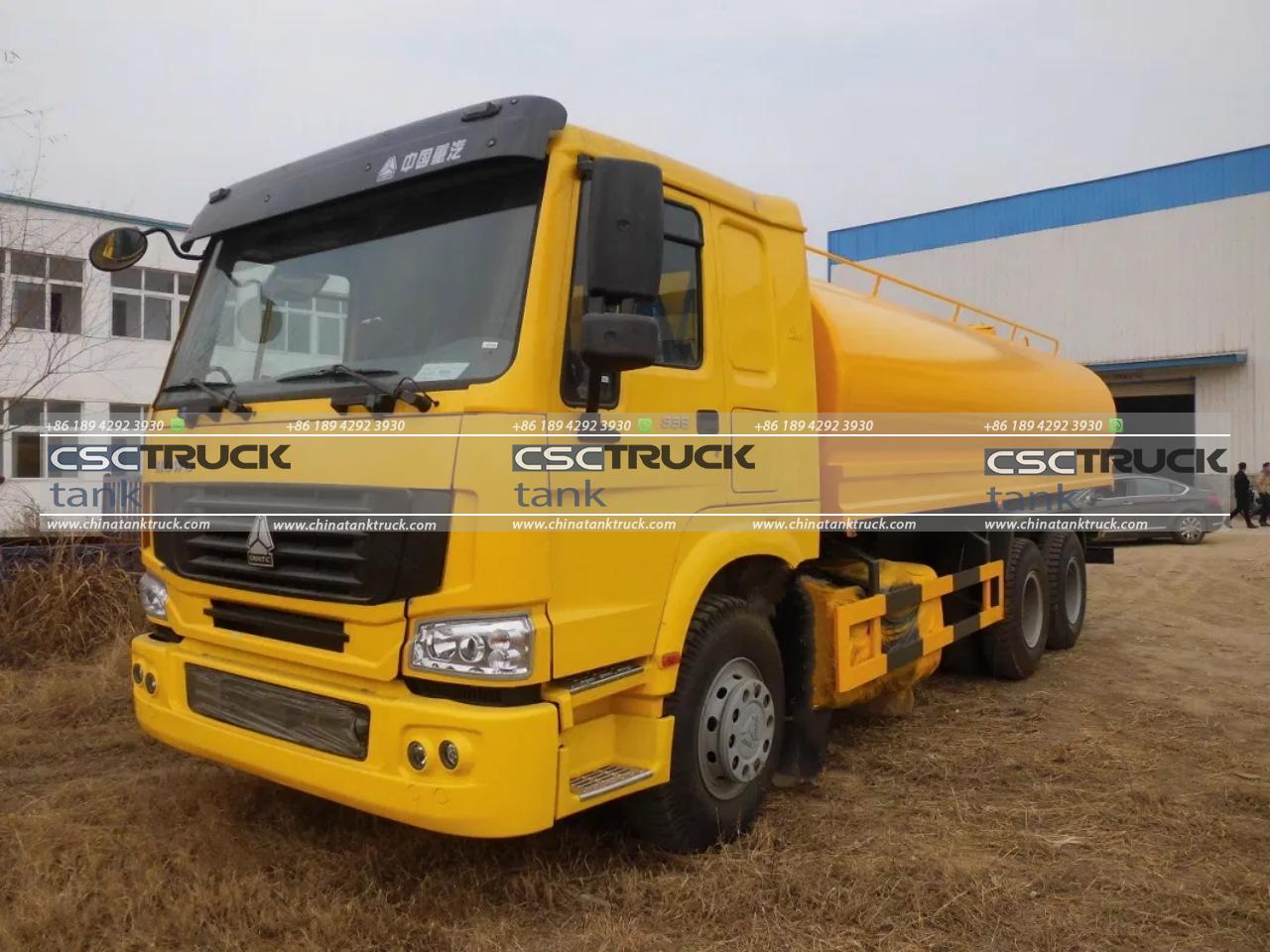
Environmental and Safety Concerns
Transporting large quantities of liquids and gases comes with inherent risks. Accidents involving tanker trucks can have severe consequences, including fires, explosions, and environmental contamination. As such, the industry prioritizes safety and environmental protection:
1. Spill Prevention and Response:
– Measures are in place to prevent spills during loading, transport, and unloading. In the event of a spill, immediate response protocols are activated to contain and mitigate the impact.
2. Sustainability Practices:
– The industry is increasingly focusing on sustainability, exploring alternative fuels for tanker trucks and developing technologies to reduce emissions. Innovations like electric and hydrogen-powered tanker trucks are being tested to minimize the environmental footprint.
3. Community and Worker Safety:
– Ensuring the safety of communities and workers is paramount. This includes routing tanker trucks away from densely populated areas when possible and providing workers with the necessary protective equipment and training.
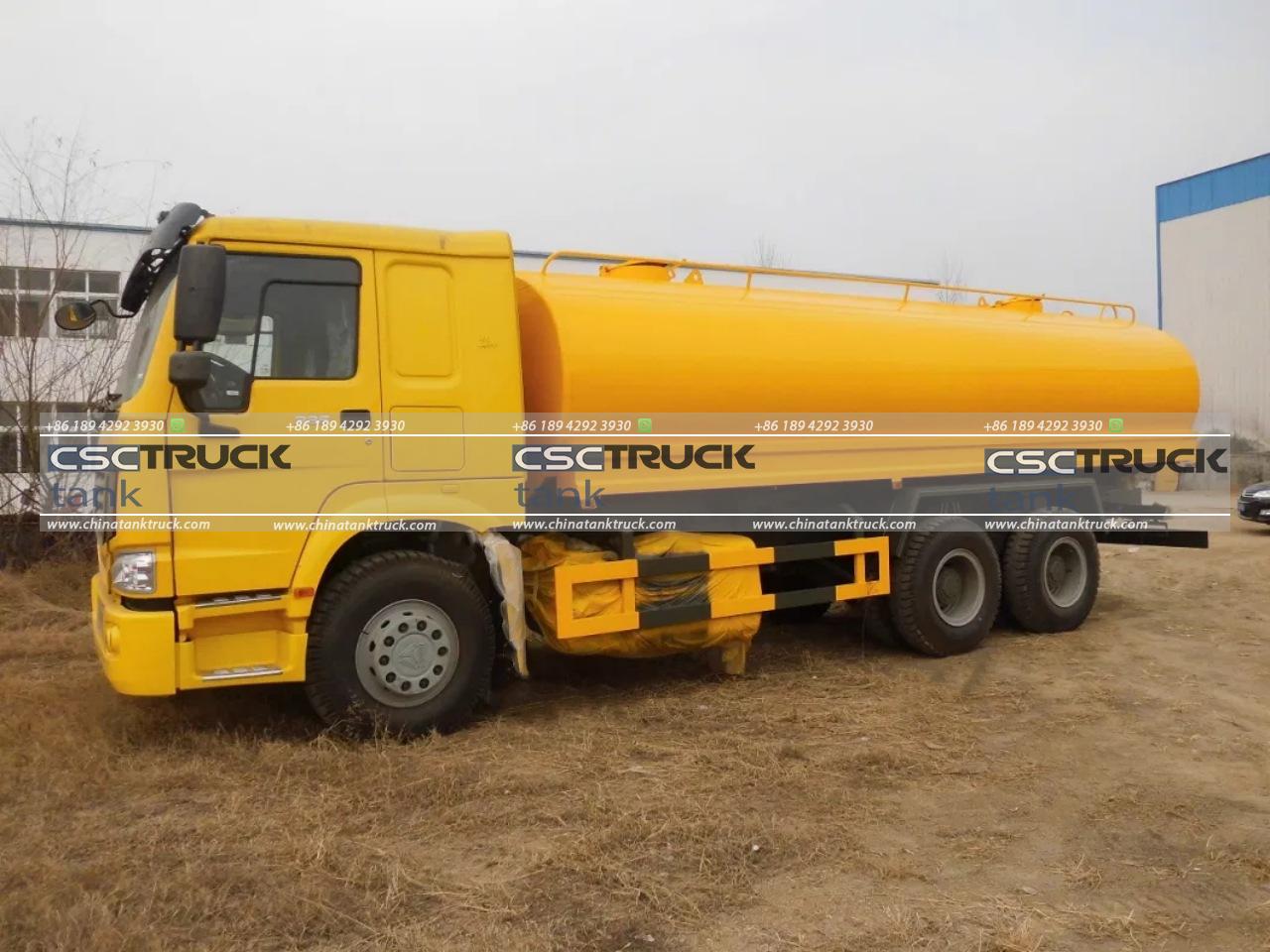
Conclusion
Tanker trucks are indispensable in modern logistics, transporting a wide range of liquids and gases crucial to various industries. From fueling vehicles to delivering fresh milk, these specialized vehicles are designed with safety and efficiency in mind. The stringent regulations governing their operation and the continuous advancements in technology ensure that tanker trucks remain a reliable and safe mode of transport. Understanding what is inside a tanker truck highlights the intricate balance of engineering, safety, and logistics that makes this form of transportation possible.

